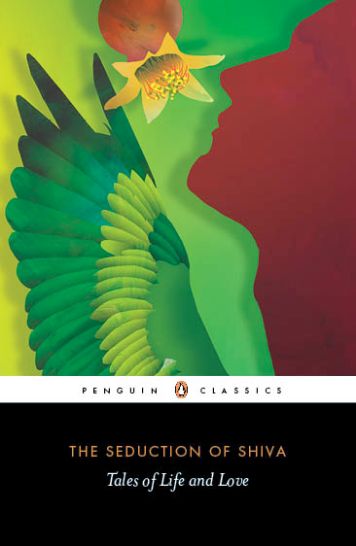The Seduction of Shiva: Tales of Life and Love
Translated from the Sanskrit by A.N.D. Haksar
Penguin India, 2014
Rs 399
AND Haksar’s latest Sanskrit translation is, in his own words, an “eclectic assemblage” of stories taken from right across the spectrum of Sanskrit literature. What binds these diverse episodes together – in addition to their being ‘tales of life and love’ – is their tendency to reveal an unusual, or at least little known, aspect of sex or marriage in the India of yore.
Most of these stories involve love in its most elemental form. The bawdy pub-joke type of tale – like the one about a barber being cuckolded by the king, in which teeth around the king’s anus create the climax – is typical of the earthy kathā literature for which Sanskrit is not famous (although recent translations by Haksar, among others, have attempted to make this literature more widely known). The anthropologist though will probably find the carefully selected episodes from the Mahābhārata the richest. There is a famous illustration of the niyoga rite – in which a brother may be called upon to father children by his sister-in-law; the tale of a bark-clad sage’s wife demanding a honey-moon suite with all the trimmings before she acquiesces to be impregnated by her husband; and the story of how earth’s greatest warrior spurned the advances of heaven’s most desirable apsaras, and became a eunuch as a result. There is even a discussion on whether it is men or women who enjoy themselves most in bed, and, incidentally, whether mothers or fathers love their children more.
Haksar’s easy-flowing English prose – and his skilful verse, though there is sadly little verse in this particular collection – helps the reader sail through each episode; this is not a book that will take days to read. He has not though been well served by Penguin’s editing process. Diacritical marks are used in places, but not as per the recognised standard nor with consistency. Some Sanskrit words are italicised, some not; and at times the same word is italicised in one instance and not in another. In one case, the name of a prince is spelt differently in two consecutive paragraphs. The notes too seem not to have been fully thought through. It is always difficult to get the notes in such a book right: too much and you irritate the reader for whom this material is familiar, too little and you lose everyone else in a maze of names and foreign words. Even so, it is sometimes difficult to see the logic behind decisions such as, in the first story, explaining who Śiva is but not Kāma.
Haksar has always striven to reveal Sanskrit literature in all of its glorious technicolour, rescuing it from the whitewash some try to apply, and lifting off the veil of greyness through which the majority view it. And this kaleidoscopic collection, in over-representing the colourful and entertaining, will certainly help to further this aim. For Penguin to publish The Seduction of Shiva under the Penguin Classics imprint, though, is perhaps misleading. This is not so much a canonical work but a collection of fun, easy stories that will not only entertain the reader but give him a ready stock of interesting tidbits about the sex lives of ancient Indians.
————————————
For more details and to buy this book, please see the Penguin India page

0 Responses to “Review: The Seduction of Shiva”